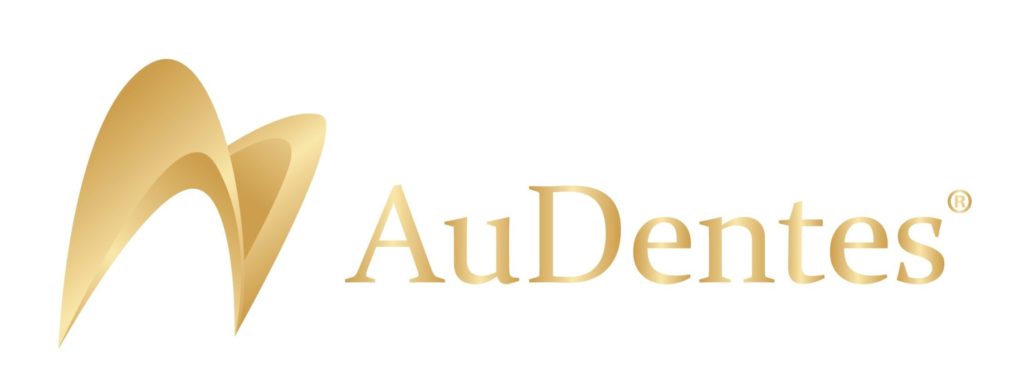HOW CAN AUDENTES HELP YOU?
The AuDentes® Difference
The AuDentes® Implant Bridge is the solution for your edentulous dilemma.
With a global ageing population, our team saw a gap in the provision of both an immediate and permanent solution for those patients who are time-poor, dental phobic or those with exceptionally high expectations of their edentulous solution.
After years of seeing the positives, along with the limitations of the more traditional All-Teeth-On-4 protocol, Australian Prosthodontist Dr Philip Tan set about to develop a revised treatment path with both the patient and dentist in mind. Utilising his clinical and digital skills, specialised surgical team and purpose-built digital dental laboratory Dr Tan was able to provide his patient base with another option – faster recovery, fewer appointments and a final restoration fitted immediately.
Let’s look at the fixed bridge options currently available. It’s important to understand the positives and negatives for each option as you move toward deciding on the right option for your situation.
ONE STEP AT A TIME
The more traditional approach.
- Remove remaining teeth and wait for gum healing
- Insert dental implants and wait for gum healing
- Dental bridge construction over several months
Disadvantages: Through steps 1-3 the patient is required to wear a temporary denture which can be challenging.
ALL IN A FEW DAYS - All-Teeth-On-4
As seen with techniques such as the All-Teeth-On-4, this sees a combination of steps resulting in a faster outcome.
- Removal of remaining teeth and placing 4 implants in one visit
- Over the course of several days, various impressions are taken, the bridge made and inserted
- After approximately 3 months the bridge is removed, and the implants are checked
ALL AT ONCE - AuDentes®
A more recent innovation resulting in less time in the dental chair and quicker recovery.
- Removal of remaining teeth, implants placed and dental bridge fitted while under general anaesthetic in a hospital setting
- Bridge and implants checked
Advantages: This process works well for most healthy patients who have adequate bone and are without significant infection. It is a good option for those patients who have trouble with impressions or who are anxious about dental treatment or who are time-poor. The procedure is performed by a specialist-led team and offers the safety and security of the hospital setting.

Interested in learning more?
Simply submit our ”Get In Touch” form and we will make contact to discuss how further to assist you.
You can be confident with AuDentes®

Copyright © 2022 AuDentes Implant Bridge Pty Ltd
